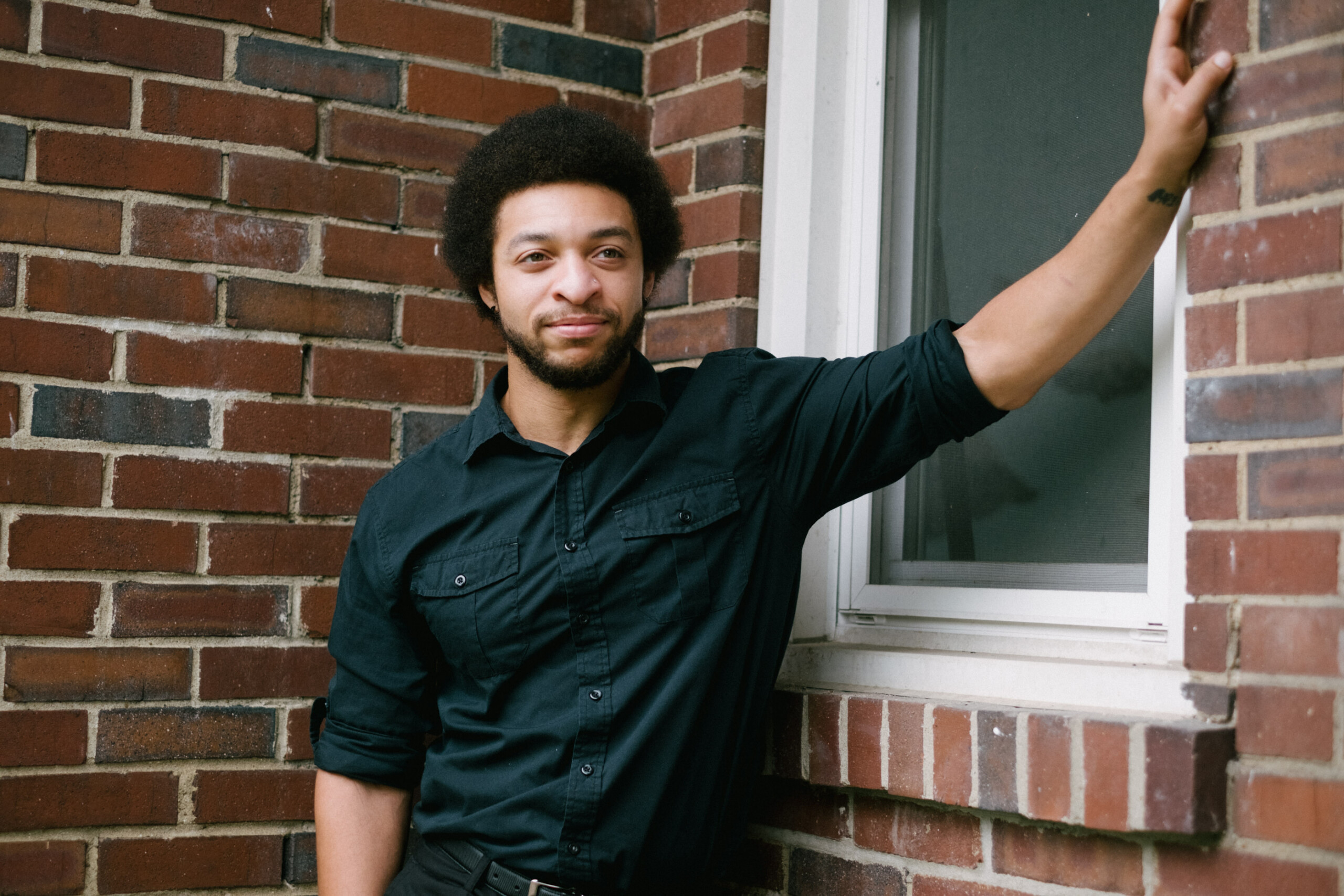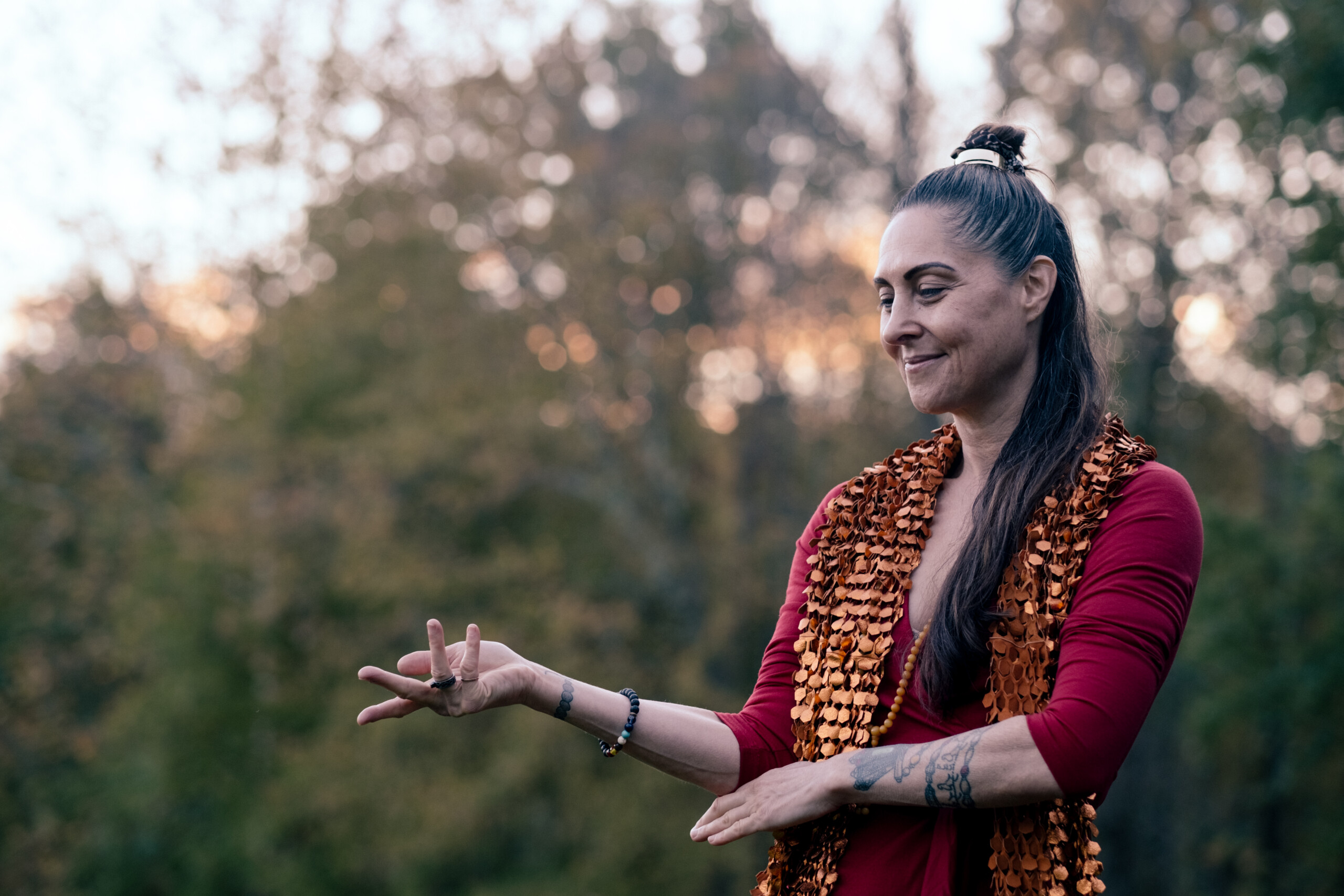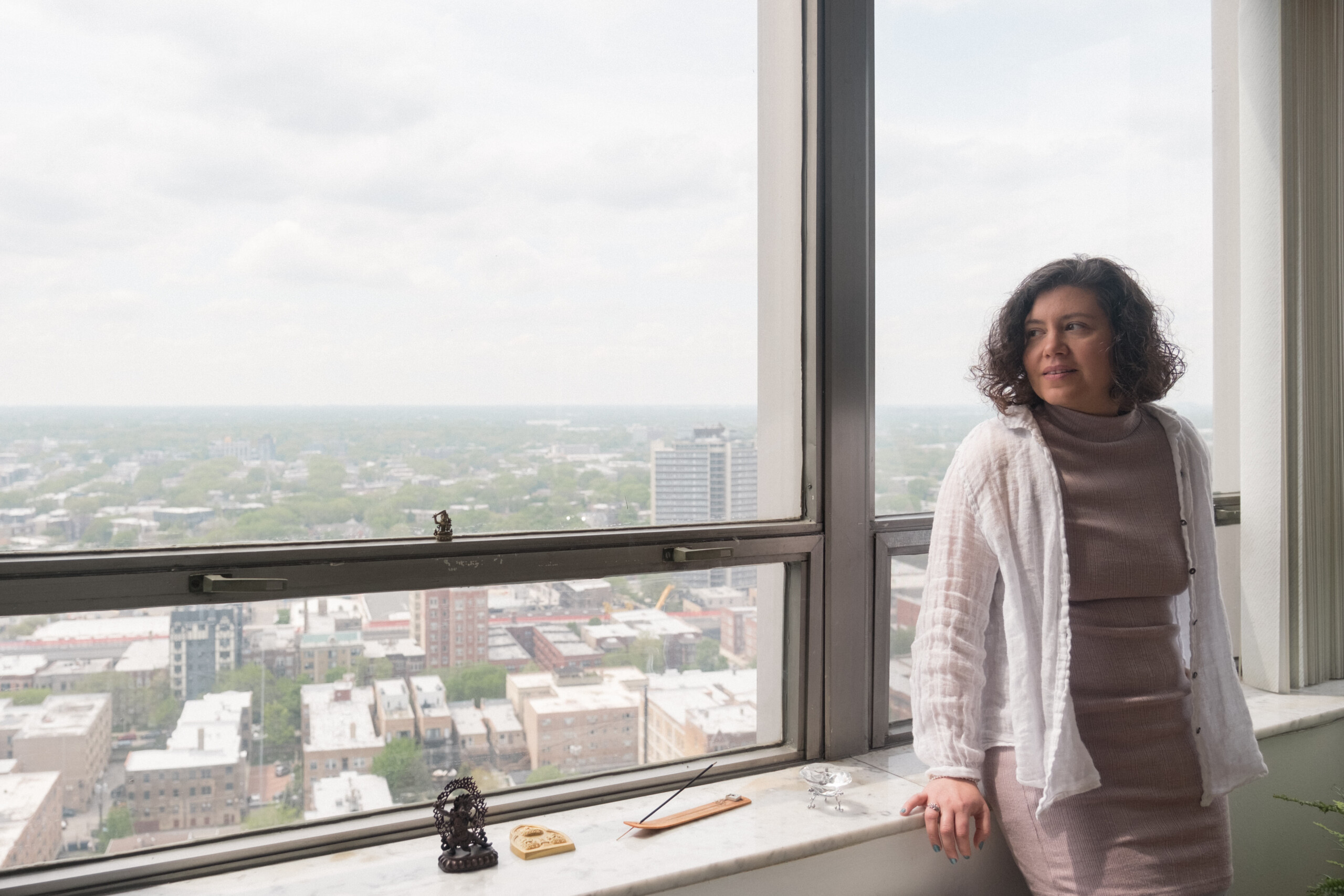Navigating the path
Embarking on the initial stages of the Buddhist path requires an open mind and an investigative mindset. The non-dogmatic framework and diverse practices may pose a challenge in finding the right starting point. However, it’s crucial to understand that there isn’t a singular ‘right’ approach; the correct path is guided by intuition and what proves effective in individual circumstances. While online exploration provides convenience, the effectiveness of the path relies on a support system grounded in meaningful human connections. The underlying focus at this stage is on building a robust foundation capable of supporting profound transformations in the later stages of the journey.
Discovery
In contemporary times, the entry point into Buddhism has become remarkably diverse compared to its initial introduction to the West. While the intellectual allure of Buddhism has attracted many armchair enthusiasts, the true power of Buddhism lies in its practice. Taking refuge in the three jewels of Buddhism doesn’t necessitate exclusivity from other traditions. However, it’s through deeper exploration that the richness of the practice unfolds.
Learn about the diversity of discoveries.
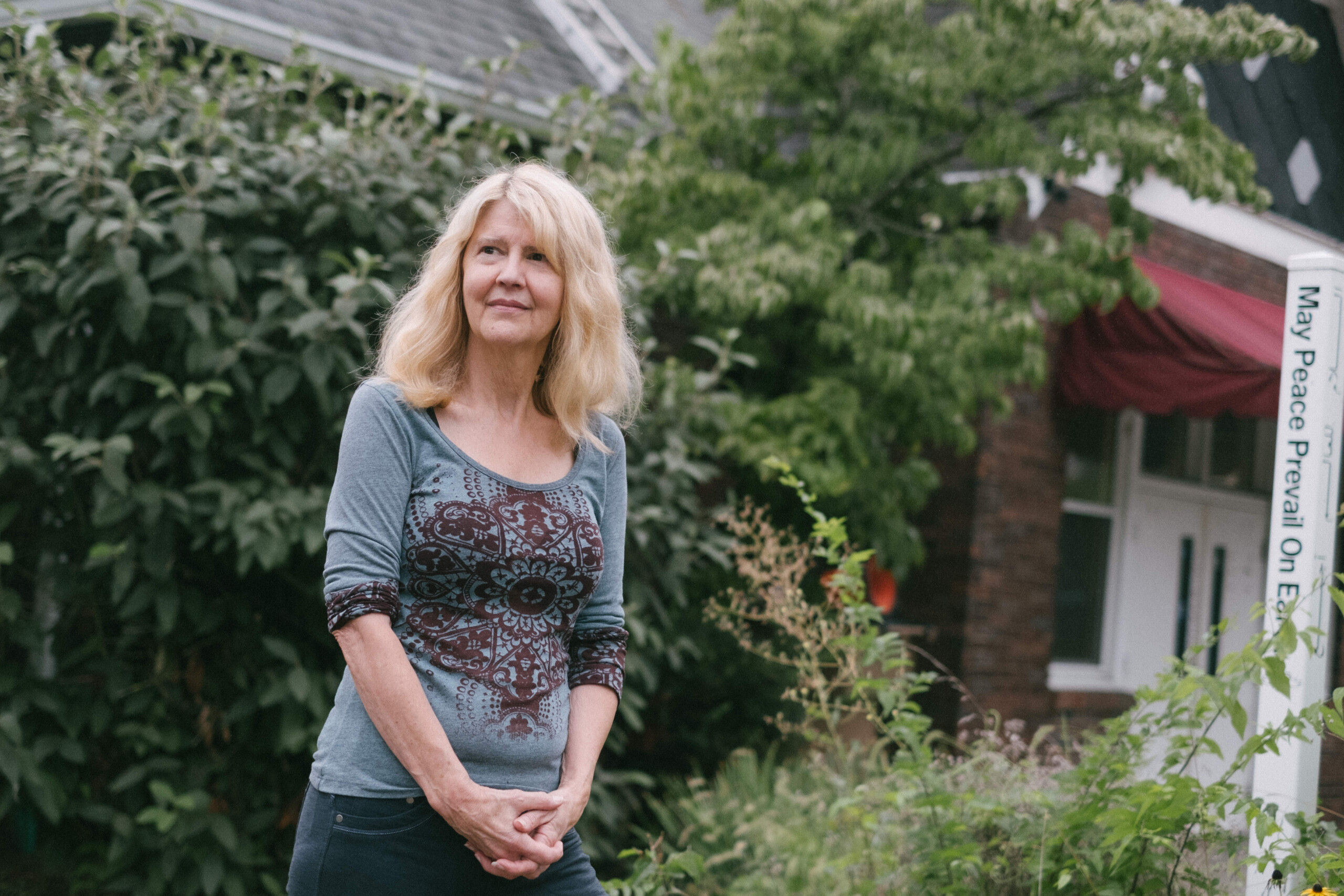
Motivation
As a foundational concept that tackles our innate yet strongly ingrained sense of self, the motivation to practice the dharma for the benefit of all beings is a crucial and skillful approach. This motivation serves as an anchor, guiding the practices aimed at cultivating peace and clarity for a more meaningful life. Without this grounding, there’s a risk that these practices may become misguided, inadvertently perpetuating not only our own suffering but also contributing to challenges in the broader world.
Explore this important foundation.
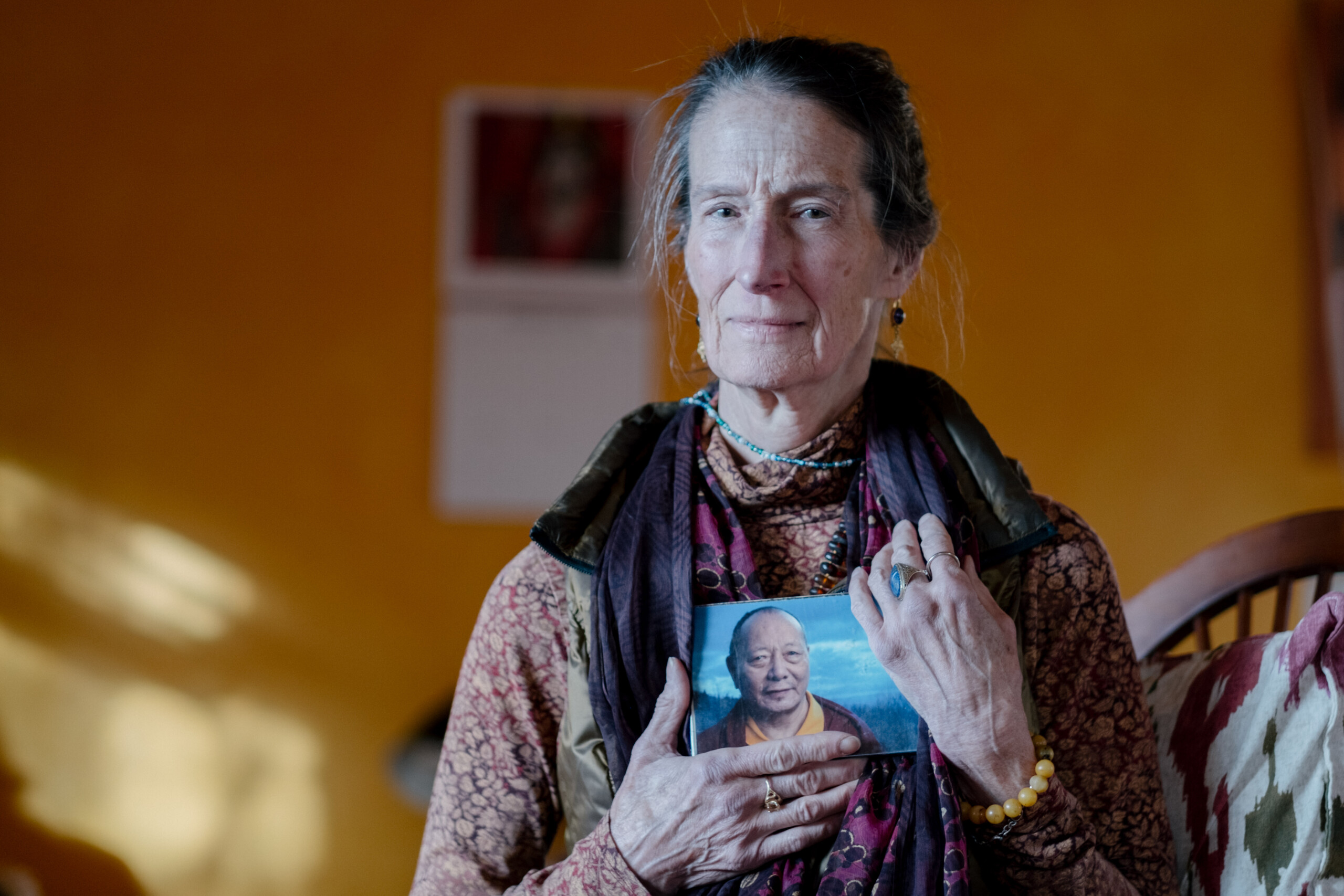
Refuge
While the idea of taking refuge in the three jewels of Buddhism might be associated with a formal ceremony, in practice, it signifies a continual commitment woven into daily life. Unraveling deeply ingrained habitual patterns, particularly in a culture that often reinforces these patterns, is a gradual process. Taking refuge becomes a daily return to the sanctuary of these teachings, offering a constant anchor amidst the challenges of dismantling old habits and fostering a more mindful and intentional way of living.
Learn about the nature of refuge.
Establishing A Practice
In questioning those who have succeeded in their endeavors, a common thread emerges—consistent daily practice is the cornerstone of their achievements. Recognizing that spiritual transformation rarely happens abruptly, the establishment of a systematic set of practices becomes imperative for sustaining profound and enduring change over time. Delve into the challenges and innovative methods individuals employ to build and maintain a consistent practice amidst the demands of modern life.
Learn on the importance and styles of practice.
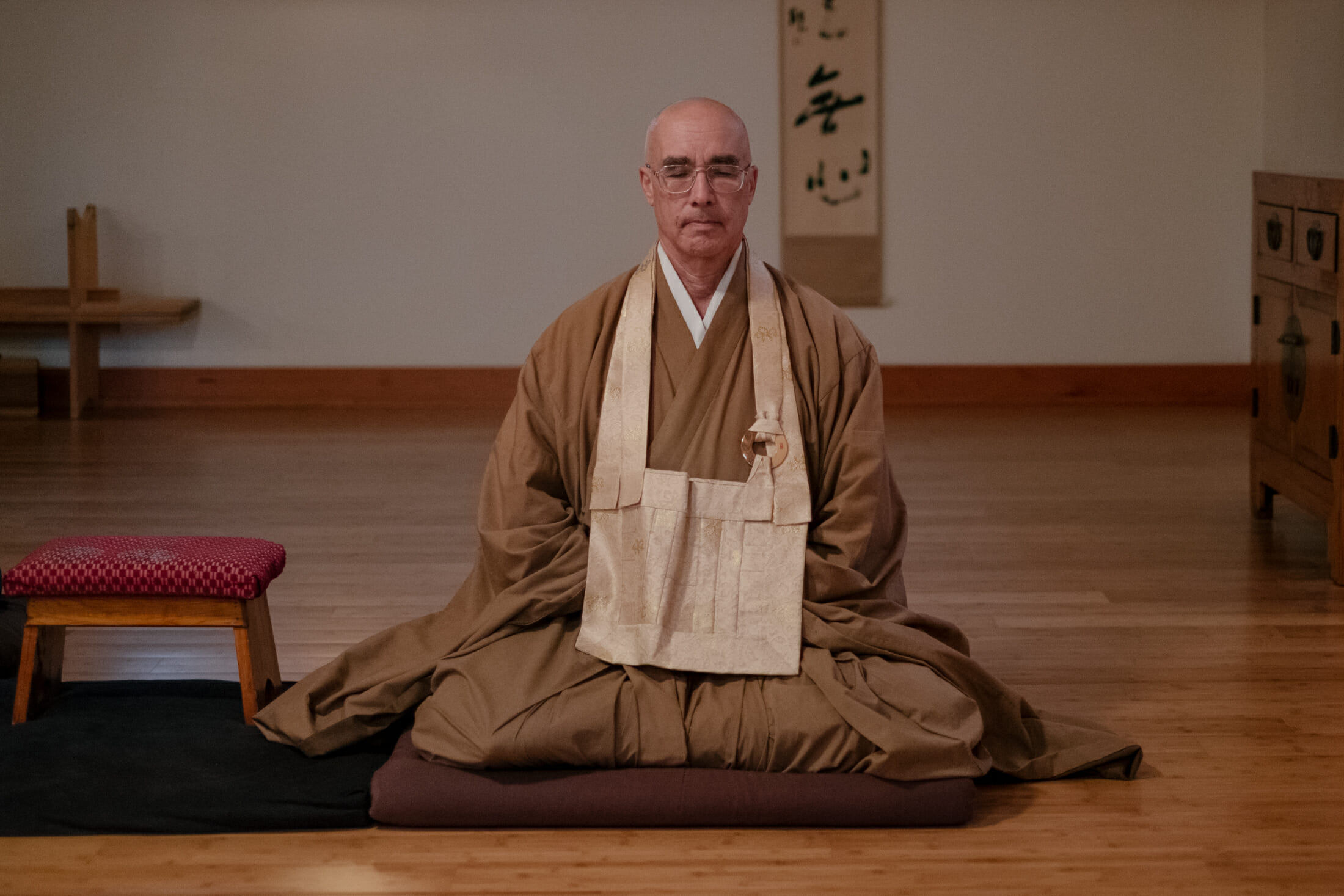
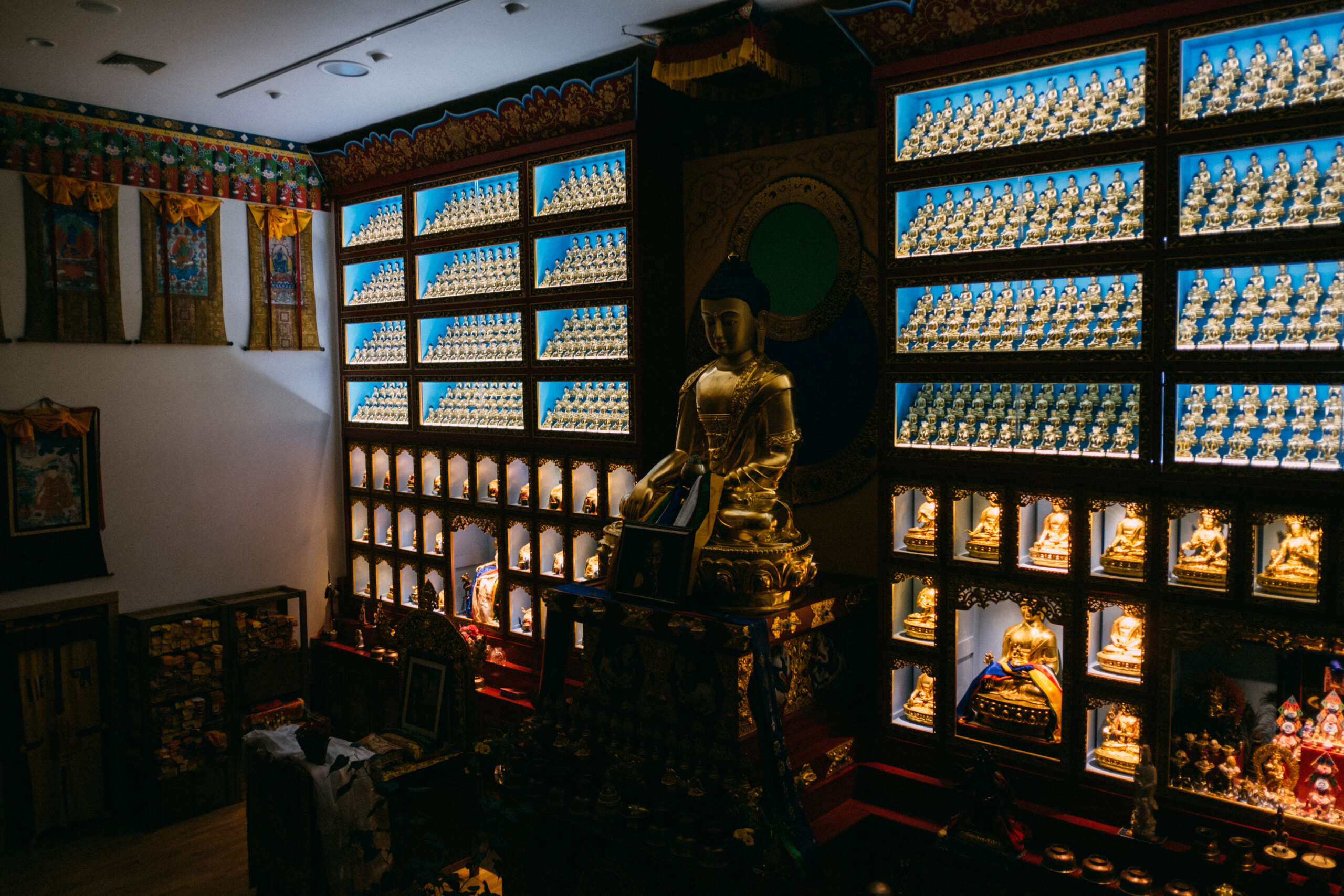
Authentic Lineages
In an era abundant with diverse spiritual traditions, it’s common for individuals to gravitate towards a mix of practices from various sources that resonate with them. This eclectic approach is particularly significant during the exploratory phase of our spiritual journey, allowing us to discern what proves effective for our unique circumstances. However, the true potency of these traditions unfolds when we delve into their history of experimentation, understanding how to holistically integrate practices to maximize their effectiveness. Committing to a specific lineage, guided by teachers well-versed in the intricacies of that path, has the potential to significantly accelerate our development, providing a structured and nuanced framework for growth.
Learn about the value of a proven lineage.
The Dharma
It is often remarked that there are 84,000 teachings of the Buddha. The vastness of this teaching corpus doesn’t imply inherent complexity; rather, it speaks to the richness required to effectively address the intricacies of the human mind and experience. To delve deeper into the essence of Buddhism, explore the core teachings and practices that resonate and prove effective in navigating the complexities of today’s world.
Explore the vastness and diversity of teachings.


The Sangha
As a fundamental aspect of the Three Jewels in Buddhism, the sangha assumes an increasingly crucial role in our digitally interconnected world. Embracing an intellectual framework that diverges from the mainstream can sometimes lead to a sense of isolation in the modern era. Amidst myriad small communities, the sangha emerges as a vital force, essential for fortifying one’s spiritual development. In a landscape where the pace of modern life often challenges contemplation and introspection, the sangha serves as a valuable anchor, fostering connection and support in the pursuit of spiritual growth.
Learn about the importance of sangha.
Fruit of Practice
Embarking on a spiritual journey that demands dedication and consistent practice can feel like a formidable undertaking. While it’s essential not to be overly attached to the outcomes of the practice, having some guideposts on what spiritual maturity might entail can provide valuable direction.
Learn about some of these milestones.


Obstacles to the path
Undoubtedly, embracing a spiritual tradition in today’s distractible world comes with numerous challenges. Overcoming obstacles, ranging from establishing a daily practice to discovering a community of practitioners, becomes an insightful journey when learning from the experiences of others who have navigated similar challenges.
Get the understanding of the personal challenges.
Advice
Guidance from practitioners and teachers who have traversed further along the spiritual path stands out as a natural benefit of a real-life sangha. The assortment of advice compiled here mirrors insights from individuals with diverse backgrounds yet shares a commonality in their wealth of experience.
Get advice from real world experience.

Practitioners with under 15 years of experience
Mingo
Mingo's spiritual journey began during their teenage years, driven by a curiosity that extended beyond their Christian upbringing. In search of answers, they explored various religions, ultimately finding a connection with Buddhism and alternative spiritual paths. This exploration led them through phases of atheism and anastism before settling into a belief system rooted in Buddhism.
Amber
Tibetan Buddhism resonates so strongly with me firstly, because of karma. It is well known to me from past lives and now I am remembering. So it is very dear to me and has stirred deep emotion from my first exposure. I think it is probably this way with most practitioners, once it grabs a hold of you, it’s like welcoming a dear old friend back into your life after a long absence.
Giulietta
Born in Cuba, Giulietta took Buddhist refuge in 2014 at the age of 26 or 27. At that time, she was an art historian informally representing artists. Her interest in Buddhism began when an artist introduced her to it, and she soon discovered that a Buddhist teacher was visiting. Despite her lack of prior religious commitment, she decided to take refuge along with her best friend. The opportunity seemed unique, and they didn't question the type of Buddhism being practiced, which turned out to be Tantra under Lama Ole.
Liz
Liz is a Korean American who was born and raised in New York City, living bicostally between New York and LA for much of her life after the age of 15, and is now based in LA. Her parents are from South Korea, where Mahayana Buddhism has been a significant part of the culture for many centuries, although Christianity has become more prevalent in modern times. Despite her mother's later conversion to Catholicism, which influenced Liz's early education and religious practices, Liz never fully subscribed to the Catholic faith. Instead, she appreciated certain aspects of it and was later drawn to Hatha Yoga and Hindu culture.
James
It wasn't until college that James began to reconcile his identity, discovering and embracing Chicano, African American, Native American, and queer histories, which he had not been exposed to in his earlier education. This period of self-discovery was both exciting and challenging, as it led to difficult conversations with his parents, who viewed his newfound perspectives as rebellious. James' search for a spiritual home led him to explore Buddhism in his 20s. Initially self-taught through books and videos, he was particularly drawn to the teachings of Thich Nhat Hanh. It wasn't until 2018-2019 that he discovered Won Buddhism, which resonated deeply with him. The inclusive and non-judgmental community at the LA temple and the One Institute Graduate Studies program provided a safe space for James to explore his identity and spirituality freely.
Colleen
In Colleen's quest for spiritual fulfillment, the path she embarked upon was marked by unexpected twists and profound encounters. Initially drawn to meditation as a means of relaxation, she found herself inexplicably captivated by the rich tapestry of Buddhist teachings. Her journey took a remarkable turn when she stumbled upon a Tibetan temple, a kaleidoscope of colors and imagery unlike anything she had encountered before. There, she encountered a high-level teacher whose gaze seemed to penetrate her very soul, igniting a sense of familiarity and comfort she couldn't explain.


